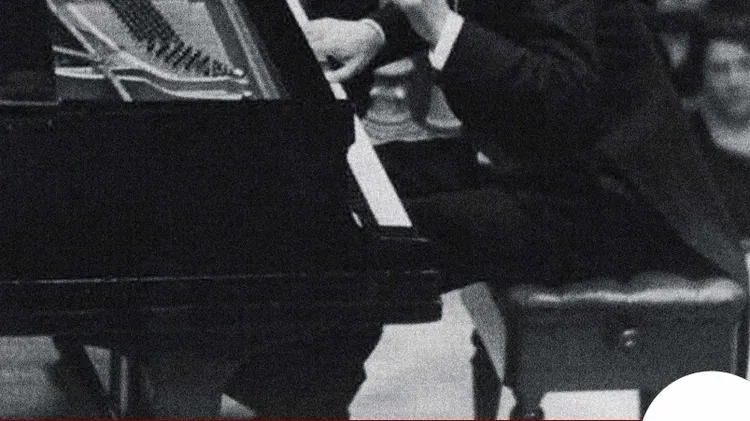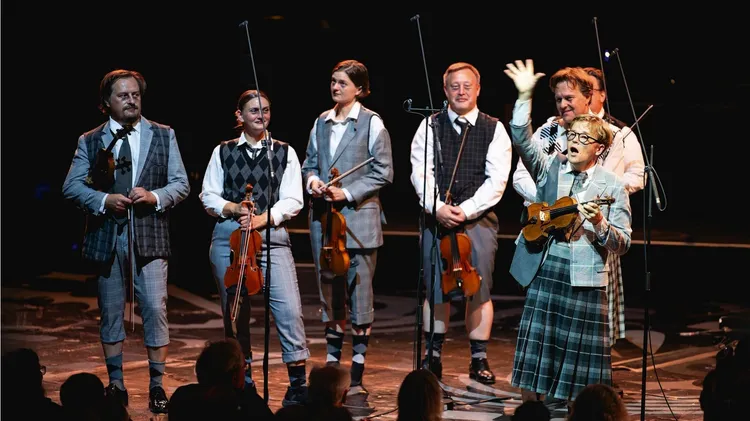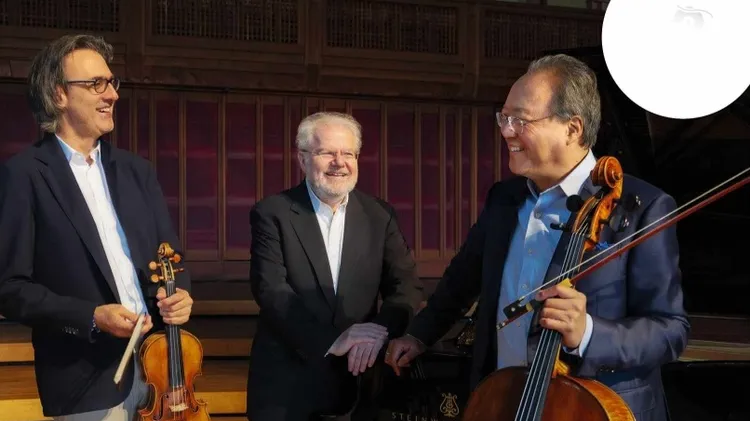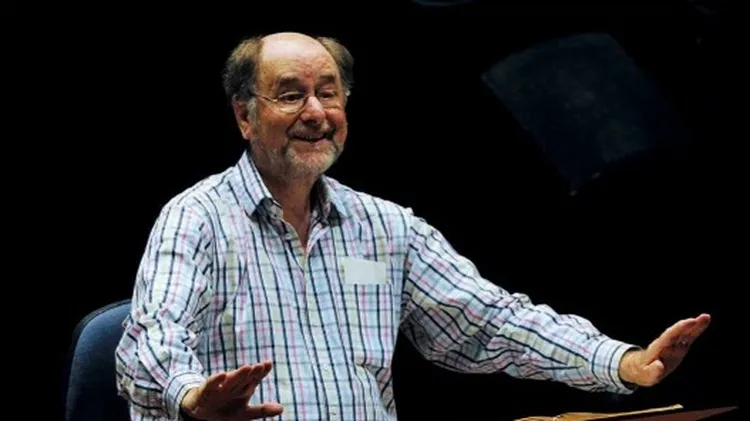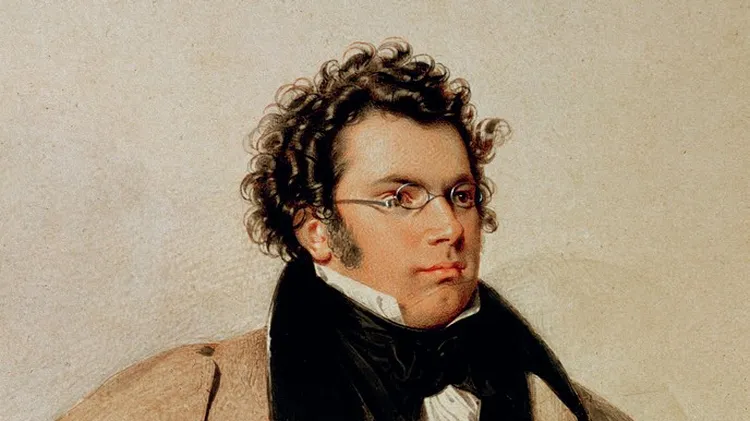Kate Bolton-Porciatti thrills to the latest a
A rediscovered gem of the ‘colossal baroque’
4 min read
This article is from...
Read this article and 8000+ more magazines and newspapers on Readly

